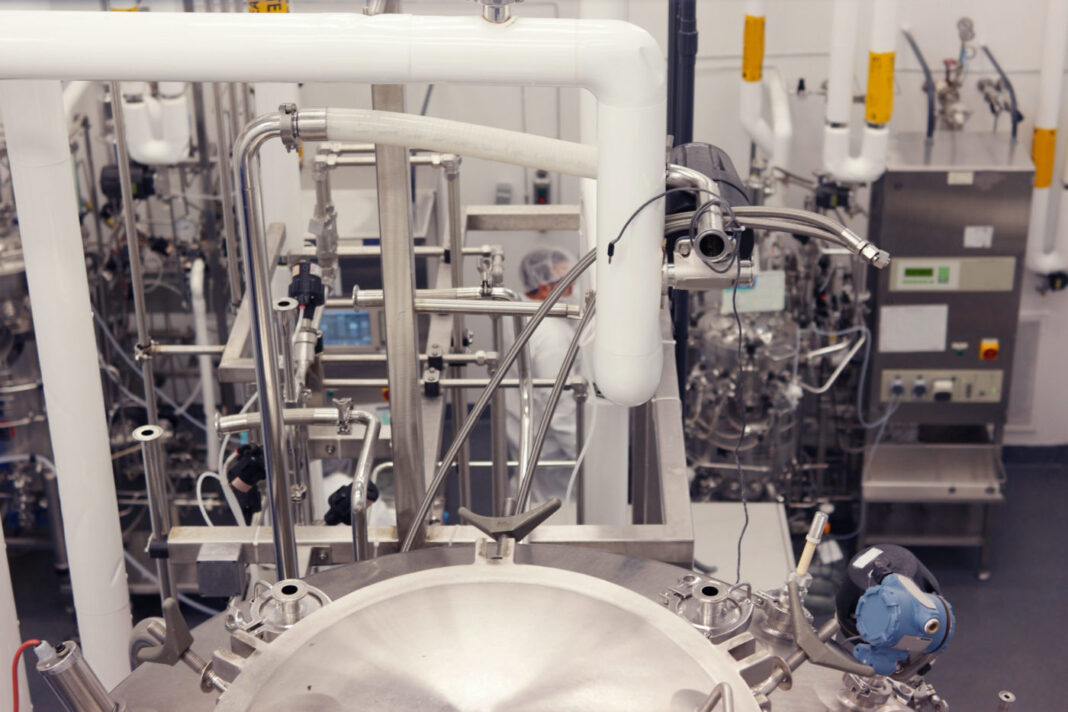In many areas of bioprocessing, cell adhesion and detachment pose fundamental challenges. “Personalized medicine and other novel biomedical applications require the cultivation and handling of cells that mainly adhere on surfaces,” says Katja Uhlig, PhD, a group leader at the Fraunhofer Institute for Cell Therapy and Immunology in Potsdam, Germany. “So, cell attachment plays a crucial role in successful cell expansion.” The cells must also be easily detached from the culturing surface.
Nonetheless, the kind of cells being cultured dictates the best surface for adhesion and detachment. “This diversity poses a challenge to technical solutions for new surfaces that promise broad applicability for various cell types,” says Uhlig.

“First, the membrane proteins are not digested, so the treatment is gentler on the cells,” Uhlig explains. “Second, there are fewer process steps since rinsing and inhibition of the enzymes are omitted.” These advantages could improve the efficiency of cell cultivation on a larger scale, such as in bioreactors.
Although thermoresponsive polymer coatings are not new in cell culture, Uhlig points out that “the coating procedures have been too complicated and costly to replace standard methods.” To address those concerns, Uhlig and her colleagues spray the thermoresponsive polymer on conventional cell-culture materials. That makes the process “inexpensive and flexible to use,” she says.
To put this method into commercial bioprocessing, the synthesis of thermoresponsive polymer coatings must be scaled up and the spray-coating process must be automated. Still, Uhlig says: “We hope that our contribution will modernize cell culture and make the process easier and gentler for the cells.”


